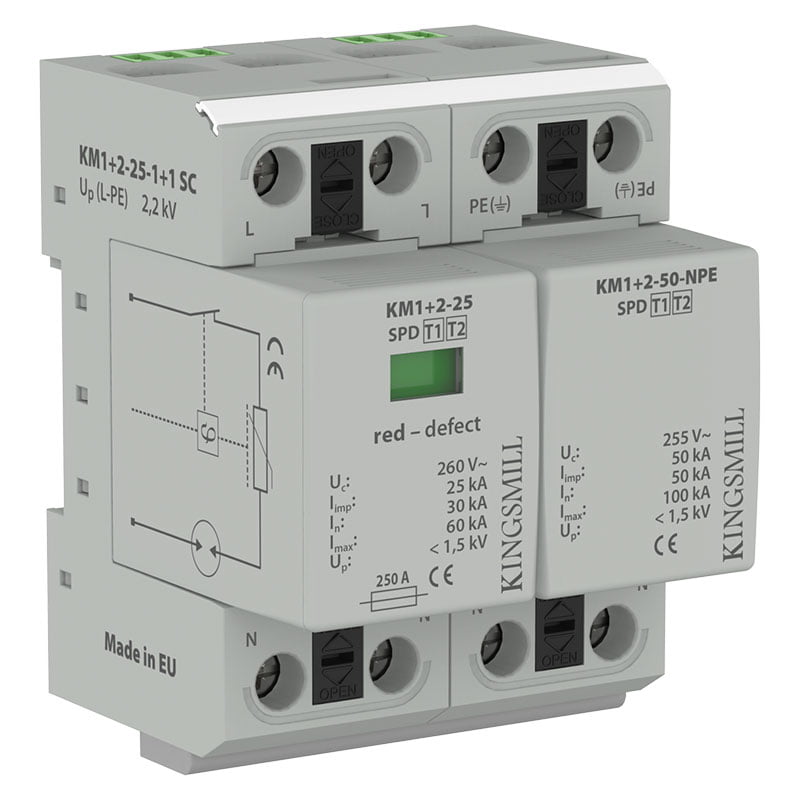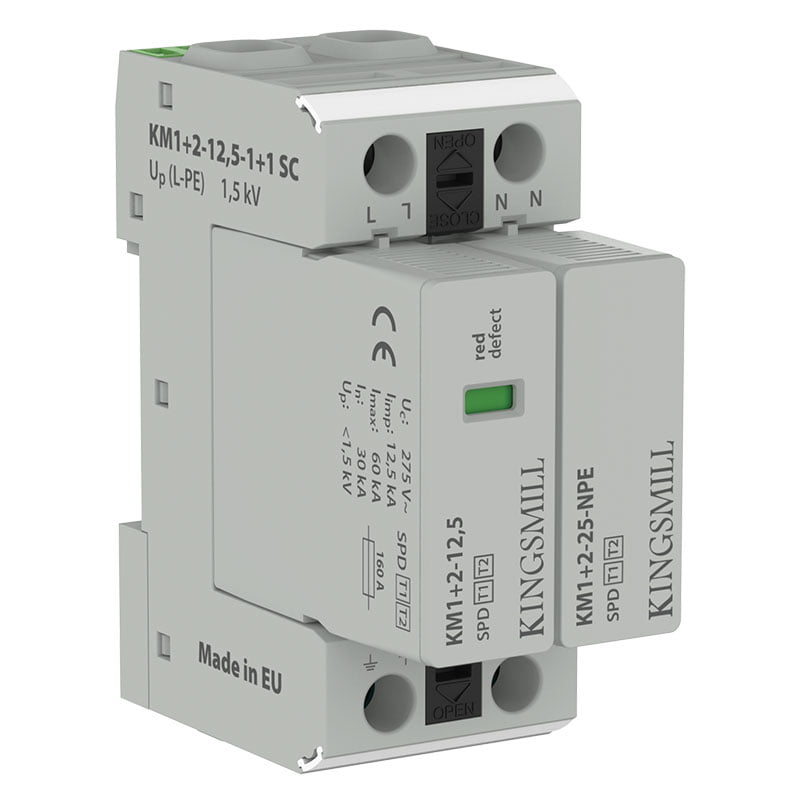I’m converting a steel Portacabin-type box into a lab for static-sensitive equipment and materials.
If there are any ESD gurus on here, I’d appreciate any advice please!
I’ve ripped out all the vinyl, floored it with aluminium treadplate, clad the walls in painted aluminium sheets, and left the ceiling in the original painted steel.
Worktops will be in Trespa anti-static material, there’s a metal fume cupboard, and metal cupboards and shelving. Everything is bonded together, and earthed TT. Earth impedance is good.
I’m also intending to run a bonded metal (copper or maybe ali) strip all round the worktops, with little sockets for plugging in flying earth leads for loose equipment, wrist straps and so on. Conductive shoes will be worn, and no plastics or other insulators allowed in the building.
But this is all new to me: have I missed anything? The most dangerous errors are those you don’t know you’ve made!
And one specific question please:
Is it OK to use 10mm John Guest plastic plumbing pipe (Polybutylene), tucked away under the worktops? I need to run ring mains of mains water, Type 2 pure water, vacuum, and gas. There are no great flow velocities. It’s so much nicer to install, and easier to amend. Is a little bit of plastic pipe which will never be touched really a problem?
If there are any ESD gurus on here, I’d appreciate any advice please!
I’ve ripped out all the vinyl, floored it with aluminium treadplate, clad the walls in painted aluminium sheets, and left the ceiling in the original painted steel.
Worktops will be in Trespa anti-static material, there’s a metal fume cupboard, and metal cupboards and shelving. Everything is bonded together, and earthed TT. Earth impedance is good.
I’m also intending to run a bonded metal (copper or maybe ali) strip all round the worktops, with little sockets for plugging in flying earth leads for loose equipment, wrist straps and so on. Conductive shoes will be worn, and no plastics or other insulators allowed in the building.
But this is all new to me: have I missed anything? The most dangerous errors are those you don’t know you’ve made!
And one specific question please:
Is it OK to use 10mm John Guest plastic plumbing pipe (Polybutylene), tucked away under the worktops? I need to run ring mains of mains water, Type 2 pure water, vacuum, and gas. There are no great flow velocities. It’s so much nicer to install, and easier to amend. Is a little bit of plastic pipe which will never be touched really a problem?
Last edited:







 I can't be bothered! cf. Two clicks on CEF and Tamlex product can arrive tomorrow ...
I can't be bothered! cf. Two clicks on CEF and Tamlex product can arrive tomorrow ...







